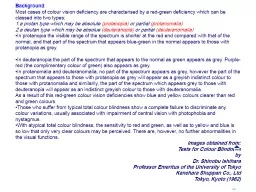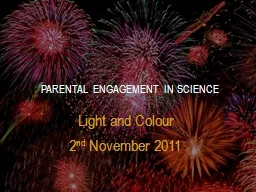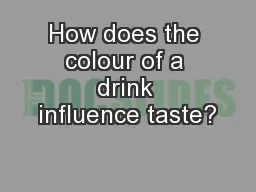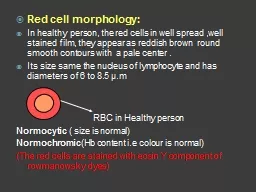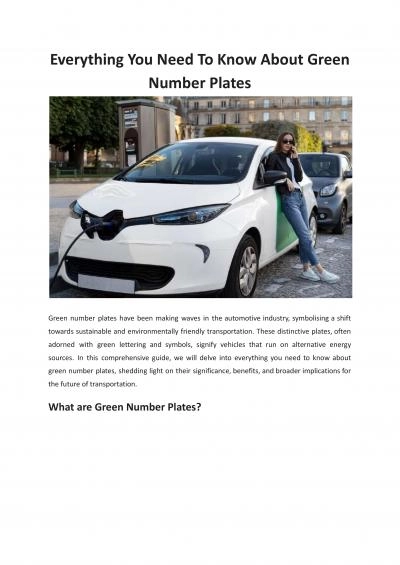PPT-Background Most cases of colour vision deficiency are characterised by a red-green deficiency
Author : syfarect | Published Date : 2020-06-22
a protan type which may be absolute protanopia or partial protanomalia a deutan type which may be absolue deuteranopia or partial deuteranomalia In protanopia
Presentation Embed Code
Download Presentation
Download Presentation The PPT/PDF document "Background Most cases of colour vision d..." is the property of its rightful owner. Permission is granted to download and print the materials on this website for personal, non-commercial use only, and to display it on your personal computer provided you do not modify the materials and that you retain all copyright notices contained in the materials. By downloading content from our website, you accept the terms of this agreement.
Background Most cases of colour vision deficiency are characterised by a red-green deficiency: Transcript
Download Rules Of Document
"Background Most cases of colour vision deficiency are characterised by a red-green deficiency"The content belongs to its owner. You may download and print it for personal use, without modification, and keep all copyright notices. By downloading, you agree to these terms.
Related Documents

